Bungo-takada
The era that lasted till about 30 years ago in Japanese history, Bungo Takada was the most
prosperous in Kunisaki Peninsula for over 300 years from the Edo period up to 1900.
Here remains various old structures and remnants of regional Japanese.
 |
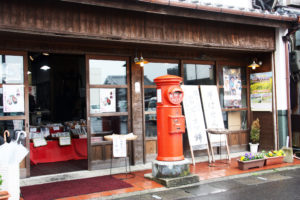 |
 |
May 05, 2025
Shimabara Castle
Located in Shimabara-city and was built in 1625 by the feudal load
Matsukura Shigemasa, who was regarded as a master of castle building.
 |
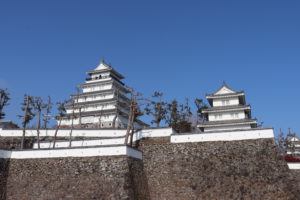 |
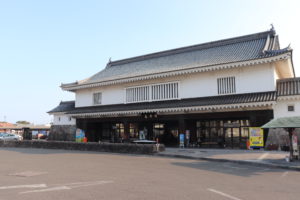 |
May 04, 2025
Nishi-Oyama station
The station is the southernmost railway station in Japan operated by JR, boasts
a breath taking view of Kaimon-dake volcano to the front.
The post box standing in front of the station is painted yellow similar to the turnip rape flower that
stands as symbol of Ibusuki. This post box has seen an explosion in popularity because some
believe it brings happiness to those who send mail from it.
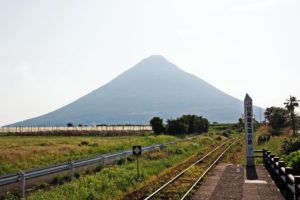 |
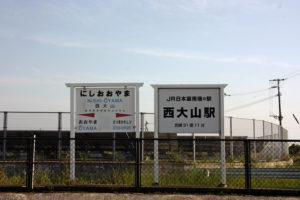 |
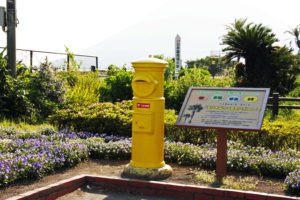 |
May 02, 2025
Food stalls “Yatai”
Food stalls “Yatai” is one thing to enjoy in Fukuoka.
The food stalls have all kind of food, but you have to try Hakata ramen,
usually made with white soup from pork bone and thin noodles.
Besides Hakata ramen, they also have other menu items such as Fried ramen,
Yakitori (grilled chicken), Oden and Dumpling as well.
You can also enjoy alcohol beverages.
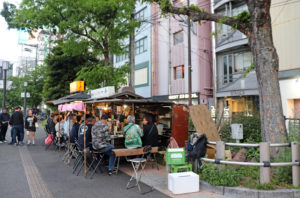 |
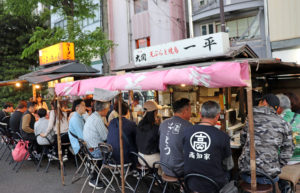 |
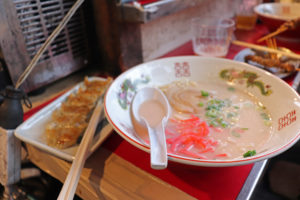 |
May 01, 2025
Phoenix Seagaia Resort
Phoenix Seagia Resort is Located in the center of a vast resort area and the
Hotel building is 154 meters above ground and all rooms have an east-facing
ocean view.
There are two Golf courses, Phoenix Country Club and Tom Watson Golf Course.
 |
 |
 |
April 30, 2025
Japanese Alcohol brewery visiting
“Traditional Japanese alcohol brewing,” such as Sake and Shochu, has been registered
as an intangible cultural heritage by UNESCO.
There are many alcohols brewer in Kyushu which can be included in your Itinerary.
There is a tasting corner at each brewery. Let’s sample sake.
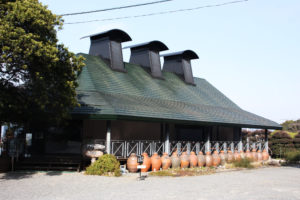 |
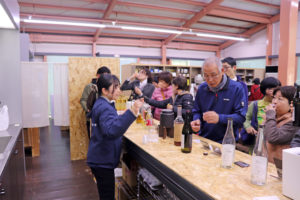 |
 |
April 27, 2025
Pope Francis
I visited the site of Martyrdom of the 26 Saints of Japan where
Pope Francis visited in November 24, 2019.
 |
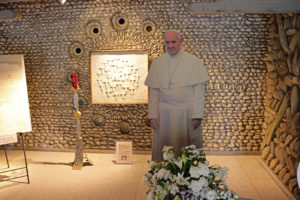 |
 |
April 26, 2025
Yatsushika Brewery
The Brewery making Japanese Sake and Shochu is located in Kokonoe, Oita-prefecture
and it was founded in 1864.
You can enjoy sake tasting and shopping.
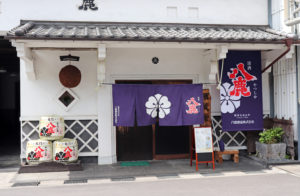 |
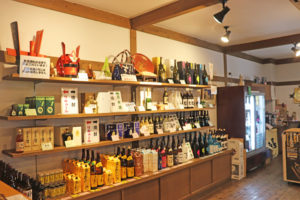 |
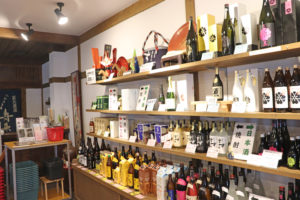 |
April 22, 2025
Kurogi large wisterial tree
Kutogi is located in Yame, Fukuoka-prefecture.
The tree is more than 600 years old, the total area of its scaffolding structure at 3,000 square
meters and its longest flower clusters measuring in at 150 centimeters, the tree looks truly
spectacular when it blooms.
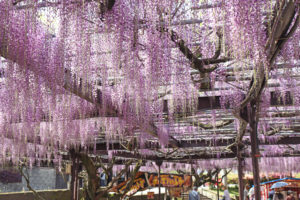 |
 |
 |
April 21, 2025
Amakusa
Amakusa is situated on an archipelago consisting of several island on the west side
of Kumamoto. It possesses a beautiful lush green landscape and natural geological
formations giving the islands the designation “national Geopark”.
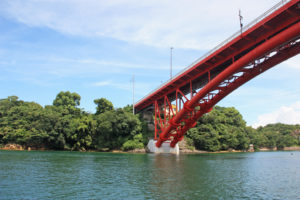 |
 |
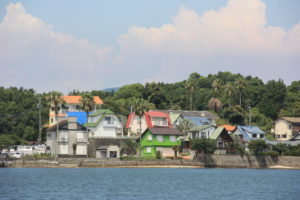 |
April 20, 2025
